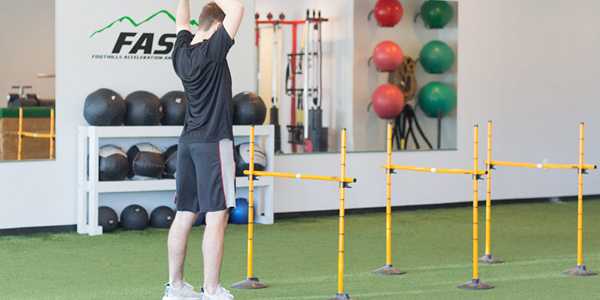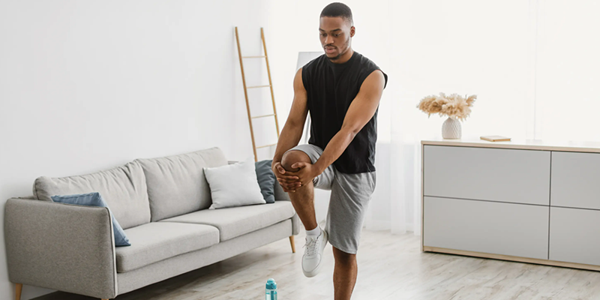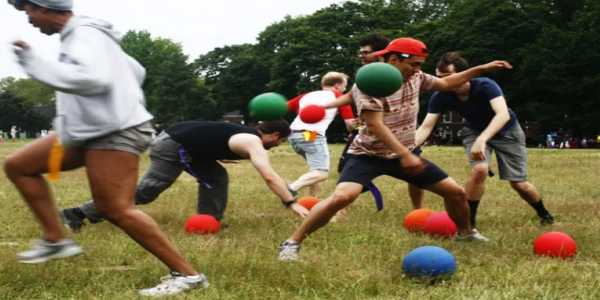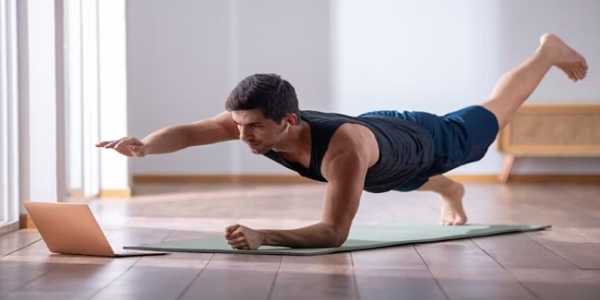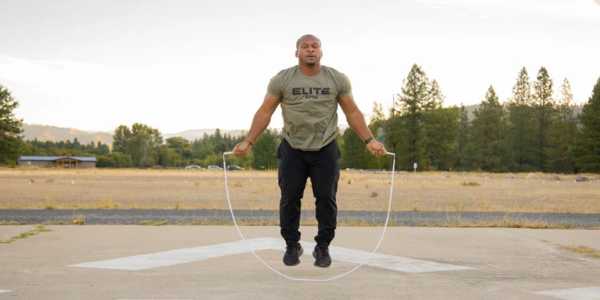How To Improve Running Form For Beginners
Anyone looking to exercise can wear a nice set of running shoes and head outside for a jog. But, like any other activity, proper technique is essential for getting the most out of it and reducing risks. For those just starting, fine-tuning running form can impact whether one enjoys the activity or sustains avoidable injuries. With that said, let us see how you can improve your running style.
Why A Runner Must Have Good Running Form
Before discussing anything else, let's examine why running form needs to be considered. Using appropriate form when running helps conserve energy and decreases wear and tear on the joints and muscles. An effective running form also saves energy, allowing you to quickly cover great distances without tiring. And if it's speed you're after, this technique will also help reduce your time on the clock.
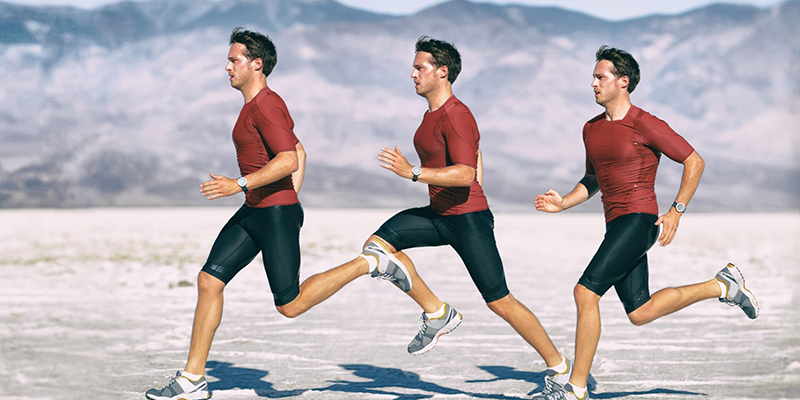
Consider it this way: A rough alignment would mean little control over steering, increased rough wear on the edges of the wheels and more. In the same way, poor running form can lead to increased inefficiency in performance and a greater chance of injury. Thus, improving your running form from the get-go sets you up nicely for long-term success.
Key Components Of Proper Running Form
Posture
Good posture is an integral part of effective running and is also foundational. With your head up, stand tall and relaxed while looking ahead. Your shoulders should remain free and comfortable, not hunched or trained. Core muscles play a significant role in helping different body parts remain stable, improving balance and control during each stride.
Arm Movement
Energy spikes should also be maintained with easy and casual arm movement. While running, your arms should swing back and forth at around a 90-degree angle to the sides. Doing that leads to wasting energy and loss of balance. While cupped, hands should not be clenched; instead, they should be kept loosely in a fist, as tight ones increase unnecessary tension in the neck and forearms.
Foot Strike
For runners, landing on the heel, mid-foot, or toes is the most controversial topic. Most experts do not agree on one sweeping solution; however, the consensus is that landing on the mid-foot will yield the best results. This helps distribute impact forces evenly in the foot and lower leg. Landing too far towards the toes puts undue Stress on the calves and the Achilles' tendons, and placing too much emphasis on the heels could distress the knees and hips.
Try different landing techniques and foot motions to see which feel natural and controlled. Remember that sudden changes to foot motions can be stressful initially, so it is best to ease into new movements over time. If the adjustments are radical and too fast, the chances of injury will increase.
Common Mistakes To Avoid
Injuries seem inevitable after a dedicated focus on running; however, cultivating and monitoring proper form can reduce the possibility. While new runners gain the most from this guide, even well-versed ones should try to check themselves for bad habits. Here are a few tips that can help you get oriented:
Overstriding: Taking longer steps to extend the legs farther up the body leads to bodily shock. Opposite to this, try to take shorter and quick steps instead.
Looking Down: Staring at the ground instead of straight ahead makes your neck and spine work harder than they should. Focus on what is directly in front of you instead.
Tight Shoulders: Most of your body tension is located within your upper body, which robs you of energy and movement. When running, check in with your body and see if your shoulders are relaxed and not raised.
Corrective action is most successful when done promptly as the need arises. Attention to these areas will encourage more movement awareness and effective self-correction.
Comparing Different Running Techniques
Different cultures have their interpretation of the most efficient running form. Each of them neglects to gear at least one fundamental component. Most novice athletes will know of ChiRunning and the Pose Method.
Recreational runners can benefit from Tai Chi principles even when incorporated into running. Proponents say that through a relaxed, fluid form that relies on gravity and core strength, the distance a runner can cover and the fatigue experienced are minimized. But while ChiRunning appears to focus on relaxation, the Pose Method pays more attention to mastering certain motions or poses of the human body at different stages of a gait cycle: pulling, falling forward, and landing lightly, which allows the process of changing strides to be seamless and effortless.
While neither approach guarantees superiority over traditional strategies, start-up approaches consistently offer selected alternatives that might resonate with specific individuals' personal preferences or biomechanical traits. Trying to achieve sustained motivation often reveals what works best to achieve sustained motivation alongside health and physical activity thresholds.
Consequences For Sustained Wellness
Changing or refining one's running style has broader consequences for an athlete's wellness and health management techniques. Paying closer attention to form can prevent chronic motion injuries in one's later years, such as shin splints or runner's knee, plantar fasciitis, chronic pain, and various other tubs of jelly. Moreover, improving the quality of physical movement people nurture builds into emerging as physically literate individuals, which is vital for healthy living later in life.
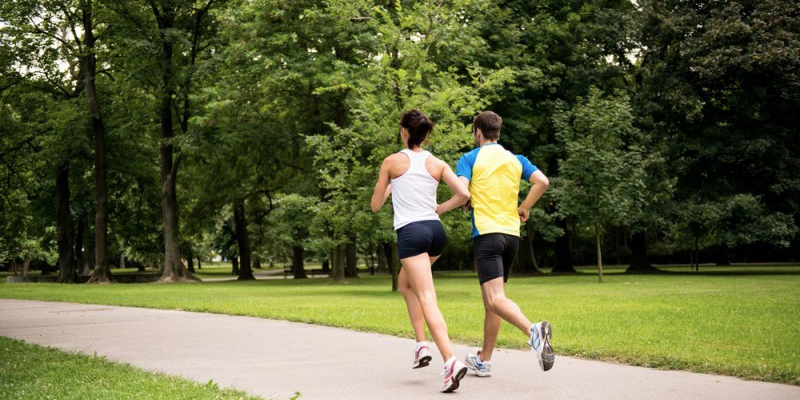
Like Jane Addams, who survived the suffrage debate but died a deeply interested social activist performing community welfare work. As Jane Addams did for all of us, society needs each of us to tirelessly and consistently improve our overall body's health and cognizance by attempting the proper running elements.
Thoughts From Professional Coaches
Professional coaches usually note that an athlete's running technique can be improved through personalization. One's technique is more than an individual's manner of doing things because it is influenced by an individual's structure, level of fitness, and experience. This is why one would greatly benefit from seeking a unique personal approach for them.
Video analysis conducted on one's own with the help of apps or by trained professionals analyzing a video of the runner serves as a great aid in identifying the strengths and weaknesses of a runner's style. Such tools enable runners to shift complex theories into practice and correct the problems established with a systematic approach.
Moreover, developing specific aspects of technique together with strength training, such as glutes, hamstrings, and calves, is very effective. Stronger muscles tend to facilitate the absorption of shocks better. In addition, substantial muscular endurance enhances a joint's ability to withstand pressure and hold the optimal position for a long duration.
Staying Motivated Along The Journey
Reaching a destination hardly ever comes easily. Timing is crucial in motor skills, especially running. Along the way, a blend of patience and persistence proves beneficial. Despite the difficulties faced along the journey, setting achievable short-term goals that work towards long-term objectives drastically helps overcome hardships.
Look for local running clubs or online groups where people with similar interests share their experiences, tips, and encouragements to build camaraderie while progressing together. Celebrating small victories regularly helps maintain positive actions, creating an upward spiral that helps propel further self-driven advancements.
Remember the famous Susan B. Anthony, who fought for women's rights, including suffrage? Her story serves a vital purpose in reminding us how much perseverance is required to achieve something meaningful.
